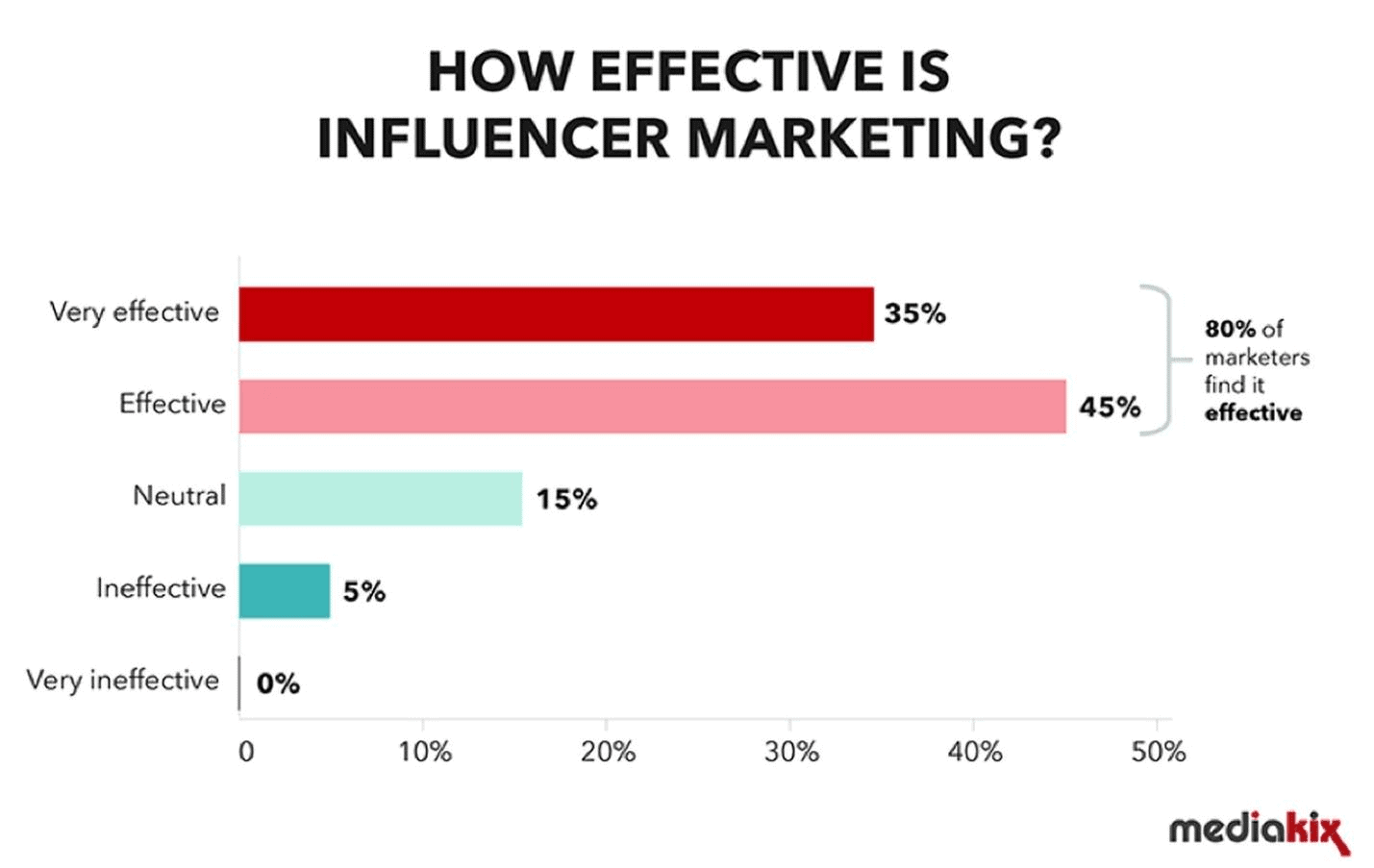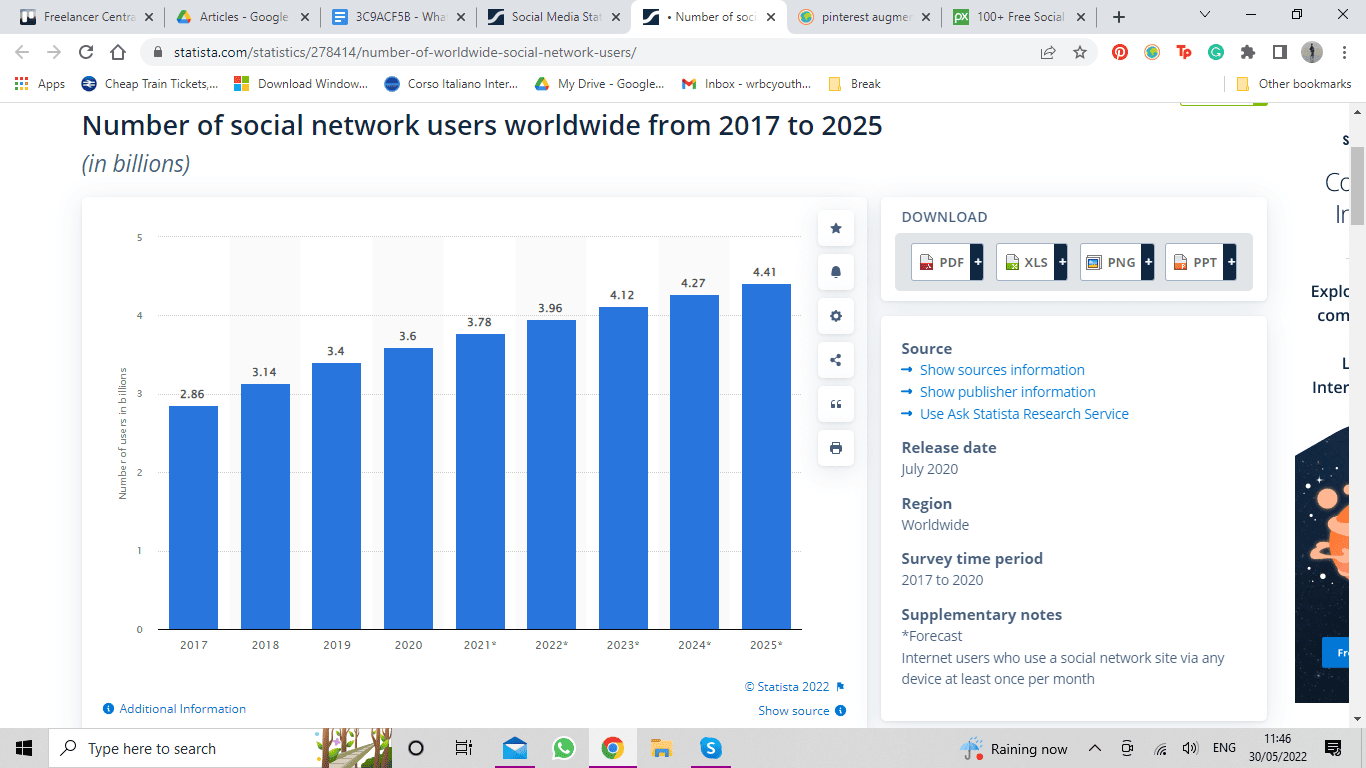How we shop has changed significantly over the past few years, moving online and making use of the unique features that this provides. Whereas once, any successful business needed a brick-and-mortar shop front, now companies can reach customers and sell to them with only an online presence. There are many online channels for ecommerce businesses to use to convert customers, one of the most popular being social media accounts.
Social shopping is how 98% of consumers planned to make at least one purchase in 2022, showing its popularity and frequent usage. For your business to engage with these potential customers and introduce them to your products, you need to use social shopping. By recognizing the relevance of social shopping in today’s market and using its key features, you can improve your ecommerce strategy and achieve your business goals.
What Is Social Shopping?
With the combination of social media and online shopping, social shopping reduces the steps between seeing products that interest you and making a purchase. Instead of navigating to a different ecommerce site, you can make your purchase through a brand’s social channels. Your marketing and engagement posts on social media become a platform for customers to browse products, add them to their baskets, and buy them.
Different social media platforms offer a variety of features for social shopping depending on their purpose and how they are used. This can include information and links for products, virtual reality trials with cosmetics and home decor, comparisons with similar items, and touching base with customers throughout their journey. By using these features, the shopping experience is brought to customers on the social media platform they are using.
Why Is Social Shopping Relevant Today?


Provides In-app Purchases
Once a user spots a product on social media, they no longer have to navigate multiple tabs or long-winded customer journeys to make a purchase. Instead, everything is all within the social media app in one place, directing customers immediately to your profile and checkout. This simplifies the online shopping process for customers, encouraging them to make instant purchases based on the content they see from your brand.
Using features from the social media platform, set up in-app purchases for your products to allow customers to buy them without being forced to leave the app. This may also enable you to label your products with their price and description within your posts, making it easy for customers to add them to their cart. Other features may integrate with your marketing analytic tools, giving you essential information about your customers and their journey.
Offers Social Proof
When purchasing products from an online business, customers want verification that the business they’re buying from is legitimate and the products are of good quality. Often, this is found through searching for reviews, which gives credibility to the brand and builds the customer’s trust. Social shopping offers this by easily being able to find posts where a brand has been mentioned or reading through comments on content from the brand’s profile.
Encourage customers to leave reviews by including questions to respond to in your captions, along with asking customers to tag you in photos of your products. Share these reviews and display them in your stories and posts, bringing these opinions to the attention of potential buyers. How you respond to negative reviews can also impact your social proof, so ensure your replies are polite and respectful, adding positively to customer perceptions of your brand.

Recognizes Influencer Culture
Influencer marketing is worth around $13.8 billion worldwide, showing the attention and interaction influencers with platforms of all sizes can get from their followers. By providing relatable content, social media users trust their recommendations regarding products, lifestyles, and services. Influencers also engage with trends, showing their relevance and awareness of public interests in a way that models or celebrities can’t.
For every industry and specialist field, influencers are gaining and maintaining their following. Finding the ones relevant to your products can make reaching your target audiences a lot simpler by partnering with them or including them in your affiliate marketing scheme. Different types of influencers can create a variety of content for social media platforms, from live video interviews and demonstrations to posts with images explaining how they use your products.
Trials Products With Augmented Reality
One of the benefits of brick-and-mortar stores is the ability to pick up products, get a feel for how they work, and in some cases try them out before you buy. However, with the increase in augmented reality research and technologies, those using social media are now more able to do this too. Rather than imagining how a product would look in their home or with their skin tone, augmented reality allows users to see these by using their device camera.
Consider how you could use augmented reality with your products so that customers could try them out before they make a purchase. This may be by creating an Instagram AR filter or something similar, ensuring customers pick out the right size of the product for their needs, and allowing them to try different colors or designs. Augmented reality can also help reduce the number of returns your business receives, helping customers to get it right the first time.

Gain Immediate Feedback
Social media has increased the speed at which we expect responses from our communications, react to cultural events, and browse products. For businesses, this means that if your product isn’t up to standard, it will be quickly overlooked and ignored. Nonetheless, this also gives your business immediate feedback on products without sending a mass email, which can be used to improve and optimize them to appeal to potential customers.
This can be used to make decisions in the development stages, offering customers alternative looks to your products or new ranges and asking them to pick which appeals to them more. On the other hand, once you share your products with the world, the comments on your product posts can provide suggestions and highlight what customers value. Using these methods, you can adapt your products to be more in line with your customer’s needs and preferences.
Reach More Customers
There are expected to be around 3.4 billion monthly users of social media by 2023, making it a platform that connects you to far more potential customers than a physical shop or ecommerce website could do alone. With this exposure, your products can reach customers from all generations globally, allowing your posts and content to engage a larger audience. Using this platform effectively can massively impact the sales and brand recognition you have.
When selling your products using social shopping, remember the wide range of potential customers you could have. Including captions or translations for your posts and videos make your brand more accessible to those who are reading your captions in a second language or with hearing difficulties. You may also want to consider worldwide shipping for products, as your business isn’t limited to only interacting with customers in the local area.

How to Improve Your Business’s Social Shopping
Regular Posting
To build brand awareness amongst potential customers, they need to regularly see your content coming through their feeds. Likewise, to maintain relationships with previous customers and encourage them to make repeat purchases, your posts need to be providing fresh content to captivate and engage them. This can be product photos, video content, demonstrations, marketing for events, and more, constantly reminding customers of your brand.
Creating a brand image can help your posts to have a uniform appearance that links across your various social media profiles. For customers, this creates an omnichannel experience, making social commerce feel like a unified experience regardless of the platform they use to purchase. It’s also important to consider how your posts engage with social media algorithms, informing the hashtags you use and the types of content you share.
Utilizing User-generated Content
Making your customers feel like part of a community can improve their attitude towards your brand, making them more likely to shop with you again and recommend you to their friends. One way of doing this is by engaging with user-generated content, showing your products being used and alongside genuine customer reviews. User-generated content also inspires other purchasers of your products, showing new ways of using items and sharing them online.
As part of your ecommerce marketing strategy, share user-generated content in your posts, tagging the creator and thanking them for using your products. You can increase your user-generated content by setting challenges and competitions to motivate followers to promote your products for a discount or giveaway. This allows you to rely on your existing customers to direct potential buyers to your social media, reducing the need for self-promotion.

Optimizing for Mobile
Social media is often used via mobile devices, meaning your content and product marketing must be optimized for usage on that screen. Simple adjustments such as increasing the font size on posts and videos, using social media tools for sales enablement, and sharing clear images and audio make your profile more accessible and appealing to customers using a mobile. This can reduce churn and social media fatigue for your customers.
When creating layouts and visuals for social media, remember these will most likely be viewed on a mobile screen. Test your images and videos before sharing them to check they suit mobile screens and present as you expect them to. If you’re including buttons or links, make these big enough that customers can tap them easily and direct customers to the right web pages, minimizing the online navigation required of them.
Responding to Customers
Part of what makes social shopping so successful is the way that customers can interact with and mention brands in their posts, becoming more connected with your business. When improving your social shopping experience, interact with customers by commenting on their posts about your products and responding to their messages. This acknowledges and appreciates their engagement, encouraging further brand advocacy from them.
Also, as part of your online brand monitoring, look for reviews of your business and respond to these, thanking the customers for their reviews. Where possible, use your negative review responses to present your business as professional and concerned with the customer experience, seeking to resolve the issue. When future customers look for social proof and validation of your business’s standards, this response can be equally reassuring.

Expanding Your Customer Support
By providing loyal customers with more ways to contact your business, social media can be a great platform to deliver additional customer support on. Your business may have many social profiles and inboxes to track for customer support messages, so using omnichannel software can pool these messages in one place. This makes it easier for your customer support team and prevents customer messages from being forgotten or lost.
Customer support on social platforms can be through direct or private messages, either using customer service software to reply automatically or assigning members of your support team to monitor these inboxes. For customers, this may be more convenient than searching through your ecommerce website for contact details. However, when niche issues arise, your team can easily direct customers to other methods of communication.
Start Using Social Shopping With Your Business
Bringing your brand and product shopping to social media can improve and simplify the customer journey with your business. This limits the opportunities to lose customers and create churn, by keeping their attention until they’ve made a purchase. Social platforms also offer a range of features, alongside working with software such as the Shopify ERP integration, for your business to use throughout the customer journey, from impressions to post-purchase follow-up.
If you’re new to social media and how your business can use it, start by trying one or two platforms. Once you feel more comfortable or can expand your social media team, look into other platforms, being aware of how different generations use social media and which ones your target audience uses most. Stepping into the world of social shopping should add to your customer’s shopping experience, optimizing this with added tools and convenience.

